Introduction
Launching an online thrift store can be an exciting venture, especially with the burgeoning market for secondhand apparel. With a focus on sustainability, customers are increasingly opting for pre-owned clothing, which not only saves them money but also contributes to a more sustainable fashion ecosystem. According to ThredUp's 2024 Resale Report, the global secondhand apparel market is experiencing robust growth, signaling a shift towards circular fashion practices.
In this article, we will explore the key steps to starting and running a successful online thrift shop. From conducting market research and establishing your brand to sorting out legal documentation and choosing the right platform, we will provide expert advice and recommendations to help you thrive in this competitive industry. So, whether you're a seasoned entrepreneur or a fashion enthusiast looking to turn your passion into a profitable business, read on to discover the essential strategies for building and growing your online thrift shop.
Conduct Market Research and Find Your Niche
Launching an online thrift store can be an exciting venture, especially with the burgeoning market for secondhand apparel. It's essential to begin by analyzing the current trends and consumer preferences in the thrift industry. With a focus on sustainability, customers are increasingly opting for pre-owned clothing, which not only saves them money but also contributes to a more sustainable fashion ecosystem. According to thredUP's 2024 Resale Report, the global secondhand apparel market is experiencing robust growth, signaling a shift towards circular fashion practices.
When considering inventory for your thrift shop, aim for a variety of items such as women's and men's clothing, children's wear, designer handbags, jewelry, and even fine art and home decor. The key is to capture high-quality images from various angles, providing potential buyers with a clear view of what they're purchasing. Furthermore, the profitability of your online thrift store will be significantly influenced by your ability to identify undervalued items with market demand.
Selling clothes online can serve multiple purposes: it allows you to declutter and earn from unwanted items, and it aligns with the increasing consumer demand for sustainable fashion choices. As you embark on this journey, it's vital to start small and learn the ropes of online selling. Remember, research and knowledge of the resale value of items are crucial when venturing into thrift store flipping, which can indeed be a lucrative full-time job with effective sales strategies and a talent for sourcing and restoring valuable pieces. With over half of all consumers having shopped for secondhand apparel last year, the potential for success in this domain is significant.
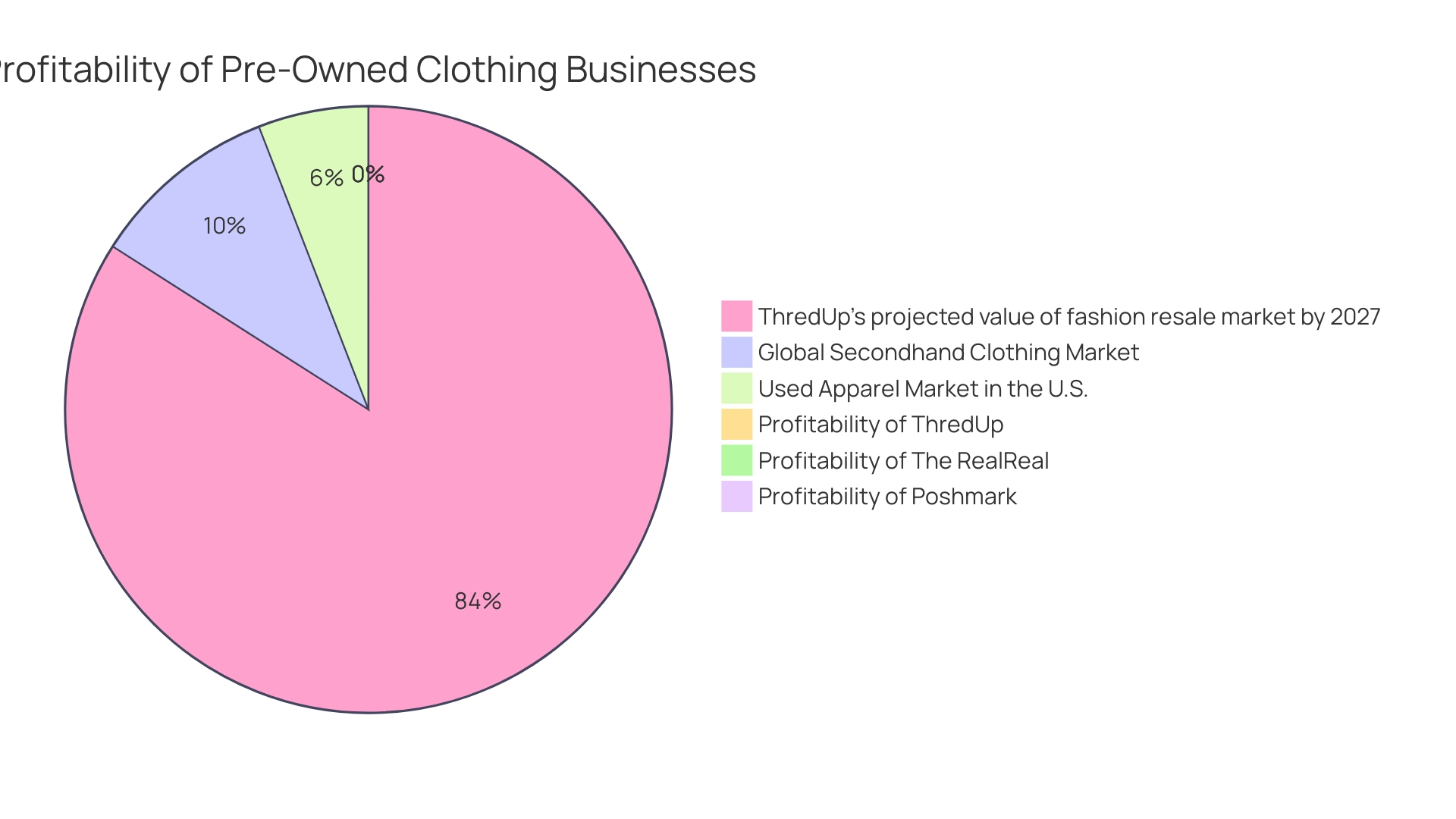
Establish Your Brand
Cultivating a distinctive brand identity is a cornerstone of success for an online thrift shop. Your mission, values, and unique selling proposition for the foundation of your brand's character. This identity must resonate with your target audience, compelling them to choose your shop over others. A memorable brand name, paired with a visually striking logo and website design, reinforces this identity, creating a cohesive and attractive brand image.
Understanding your audience is vital. Their preferences, needs, and shopping habits should inform your brand's voice and tone, ensuring your messaging strikes a chord with them. In the thriving secondhand market, where a 2023 reCommerce report shows 85% of consumers have engaged in buying or selling used goods, establishing a strong, relatable brand can set you apart.
With an estimated 71% of businesses now online, a standout digital presence is more critical than ever. Statistics reveal that a significant 43% of small businesses are investing in their website performance, highlighting the importance of a seamless, engaging online experience.
Remember, the essence of your brand is not just what you say, but what you do. It's the experiences you deliver that build customer loyalty and trust. As you develop your thrift shop's brand, reflect on the importance of authenticity and how every aspect of your branding strategy contributes to a sustainable and engaging customer experience.
Sort Out the Legal Documentation
Diving into the world of online thrift shops, it's critical to understand the legal framework that underpins your enterprise. Registration of your business with relevant authorities is just the first step. You will also need to secure any licenses or permits that are requisite for online retail operations. It's not just about compliance for compliance's sake; it's about safeguarding your business against future legal pitfalls and ensuring that your venture is built on solid ground.
Moreover, the intricacies of local laws and regulations cannot be understated, as these will guide the operations of your thrift shop and ensure its alignment with industry standards. It's advisable to gain a comprehensive understanding of these legalities or, better yet, seek the counsel of a legal expert who can navigate the complex landscape for you. This preemptive measure is not just about dotting the i's and crossing the t's; it's a strategic move that can facilitate smoother business operations and contribute to the long-term sustainability of your online thrift shop.
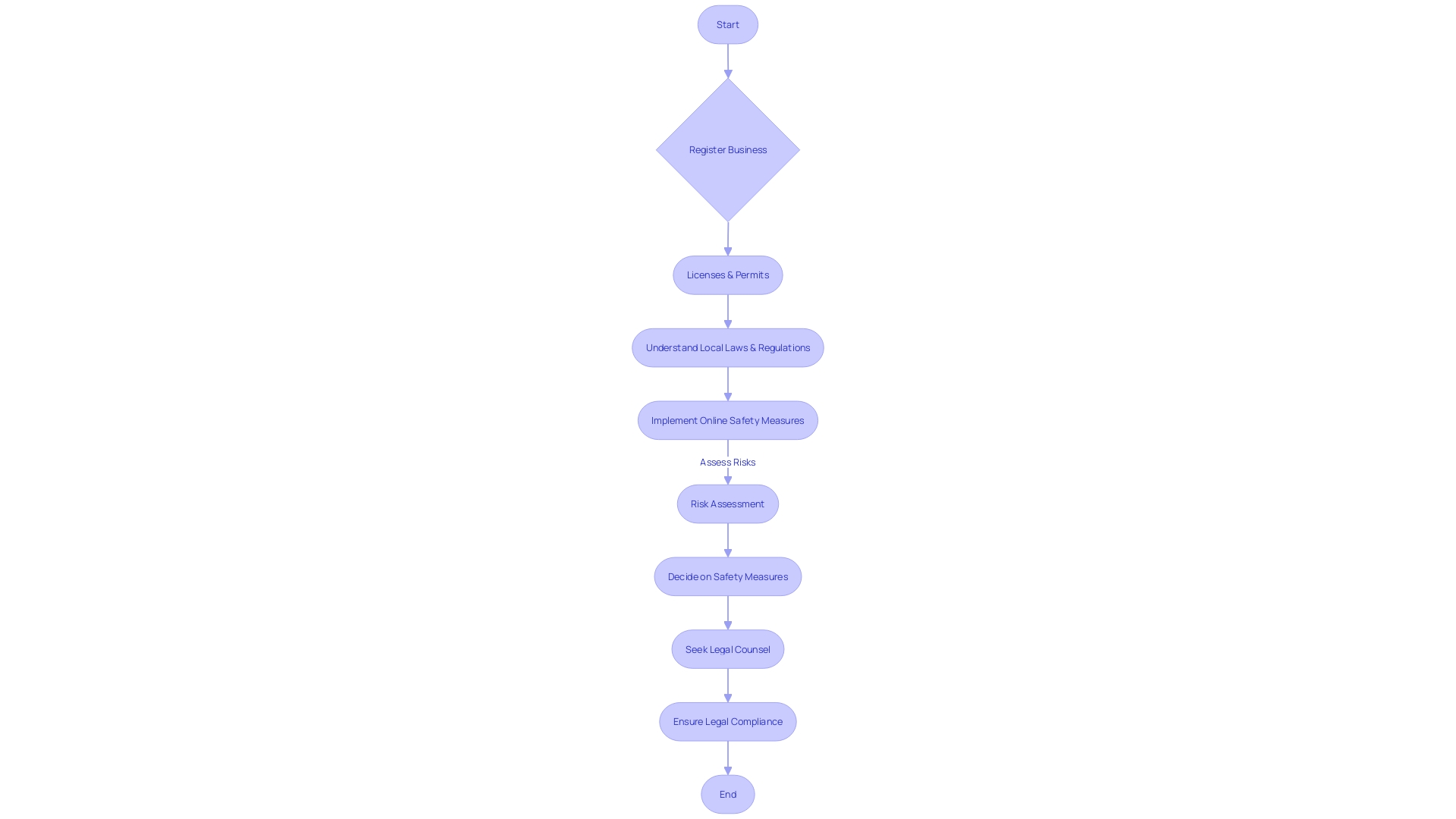
Choose a Platform and Set Up Your Online Store
The e-commerce landscape for online thrift shops is rapidly expanding, with a growing number of consumers turning to second hand goods as a sustainable shopping option. To capitalize on this trend, it's essential to select an e-commerce platform that not only allows for easy product listing and efficient inventory management but also ensures a seamless payment processing system. When customizing your online store, it's vital to create a shopping environment that resonates with your brand identity and provides an exceptional user experience. With a significant portion of shopping now conducted on mobile devices, it's imperative to have a mobile-friendly and responsive online store to accommodate customers who prefer to shop via their smartphones or tablets.
The current market shows that 85% of shoppers have engaged in purchasing or selling secondhand goods, with the resale market projected to reach $53 billion this year. This underscores the importance of a well-thought-out platform that can handle the specific demands of an online thrift shop. Moreover, a successful e-commerce strategy includes understanding your market and audience, which involves analyzing market demand and the competitive landscape. With tools like Google Trends and social media analysis, you can gain valuable insights into consumer interests and adapt your product offerings accordingly.
When considering the backend functionalities of your platform, it's crucial to address the criticisms faced by some businesses using popular POS systems. Square, for example, has been noted for having a dashboard that can be challenging to navigate due to features that seem unrelated to each other. On the other hand, platforms like Etsy are praised for their straightforward account setup and clear directions, emphasizing the importance of a user-friendly interface for both customers and sellers.
In summary, for an online thrift shop to thrive, the choice of e-commerce platform should be front and center in your business strategy. Considering the market's potential growth and the necessity for platforms that offer both ease of use and robust features, making the right choice will set the foundation for your shop's success in the competitive world of online resale.
Source and Price Products
When venturing into the world of online thrift store flipping, the art lies in discerning the diamonds in the rough. Thrifting has grown exponentially, with 85% of shoppers engaging in the purchase or sale of secondhand goods, showcasing the lucrative potential of this market. Your acumen for spotting undervalued gems and comprehending the ebbs and flows of market demand is pivotal. Consider starting with a modest budget to hone your expertise.
To ensure a seamless operation, cultivate partnerships with trustworthy suppliers, be they local thrift stores or individuals. Bear in mind the importance of product condition and adhere to stringent quality standards, as the items' state significantly influences their resale value. Remember, though, to steer clear of goods requiring extensive refurbishments unless the return justifies the input.
Pricing strategy is another crucial aspect. Items should be priced to reflect their condition, brand recognition, and overall demand, while also considering the competitive landscape. Shipping costs and the possibility of future promotions or discounts must not be overlooked, as they can affect your profit margins.
Incidentally, the rise of secondhand shopping has been propelled by a growing awareness of sustainable practices. Consumers like Eleanor Plant, who have embraced secondhand clothing for life, are a testament to the shifting perceptions and increasing popularity of thrift shops. This cultural shift is an encouraging sign for those immersed in the thrift flipping business.
In summary, a strategic approach to sourcing, pricing, and positioning your thrift shop offerings will set the foundation for a thriving online business. With a keen eye and a calculated approach, you can transform pre-loved items into profitable treasures.
Take High-Quality Product Photos
Capturing the essence of thrift shop treasures through photography is more than just snapping a picture; it's about conveying the unique story and value of each item. To truly engage potential buyers and stand out in the thriving resale market, it's important to focus on creating high-resolution images that allow customers to appreciate the fine details and condition of your products. Utilizing natural light and a minimalist backdrop can significantly enhance the visual appeal of your photos, while also providing a truthful representation of each item. By taking shots from various angles and including close-ups, you highlight the craftsmanship and any imperfections, offering transparency and building trust with your audience. Editing should be done with a light touch, ensuring the photos remain an accurate depiction of the items. In a digital era where visuals are paramount in decision-making, these photography techniques are not just beneficial but essential for success in online retail.
Store and Manage Your Inventory
To foster a thriving online thrift shop, astute inventory management is vital. Utilize inventory management tools, be it sophisticated software or meticulous spreadsheets, to maintain a real-time ledger of your stock. Classify your merchandise systematically—whether by type, size, or another pertinent classification—to streamline the search and retrieval process. Stay vigilant in updating your inventory records to reflect sales and integrate new acquisitions promptly. Construct a streamlined process for handling returns and exchanges to ensure customer satisfaction and expedite order fulfillment. Leveraging technology not only reduces inventory errors but also saves time, ultimately trimming down costs and enhancing the efficiency of day-to-day operations.
Retailers today grapple with the dual challenges of meeting high customer expectations and managing a diverse inventory without incurring surplus. A flexible and responsive inventory system is indispensable to keep pace with the ever-evolving consumer behavior and market demands. Embracing AI and data analytics to refine your inventory management can lead to more sustainable practices, aligning availability with demand while minimizing environmental impacts.
The resale market is burgeoning, and data reveals that a significant majority of consumers have engaged in purchasing or selling secondhand goods. This trend is accelerating, with projections indicating a substantial growth rate in the resale sector, outpacing traditional retail. This shift underscores the importance of effective inventory management in an online thrift shop environment. By adopting best practices and leveraging data analytics, online thrift shops can offer personalized recommendations and enhance customer engagement, driving the success of the business.
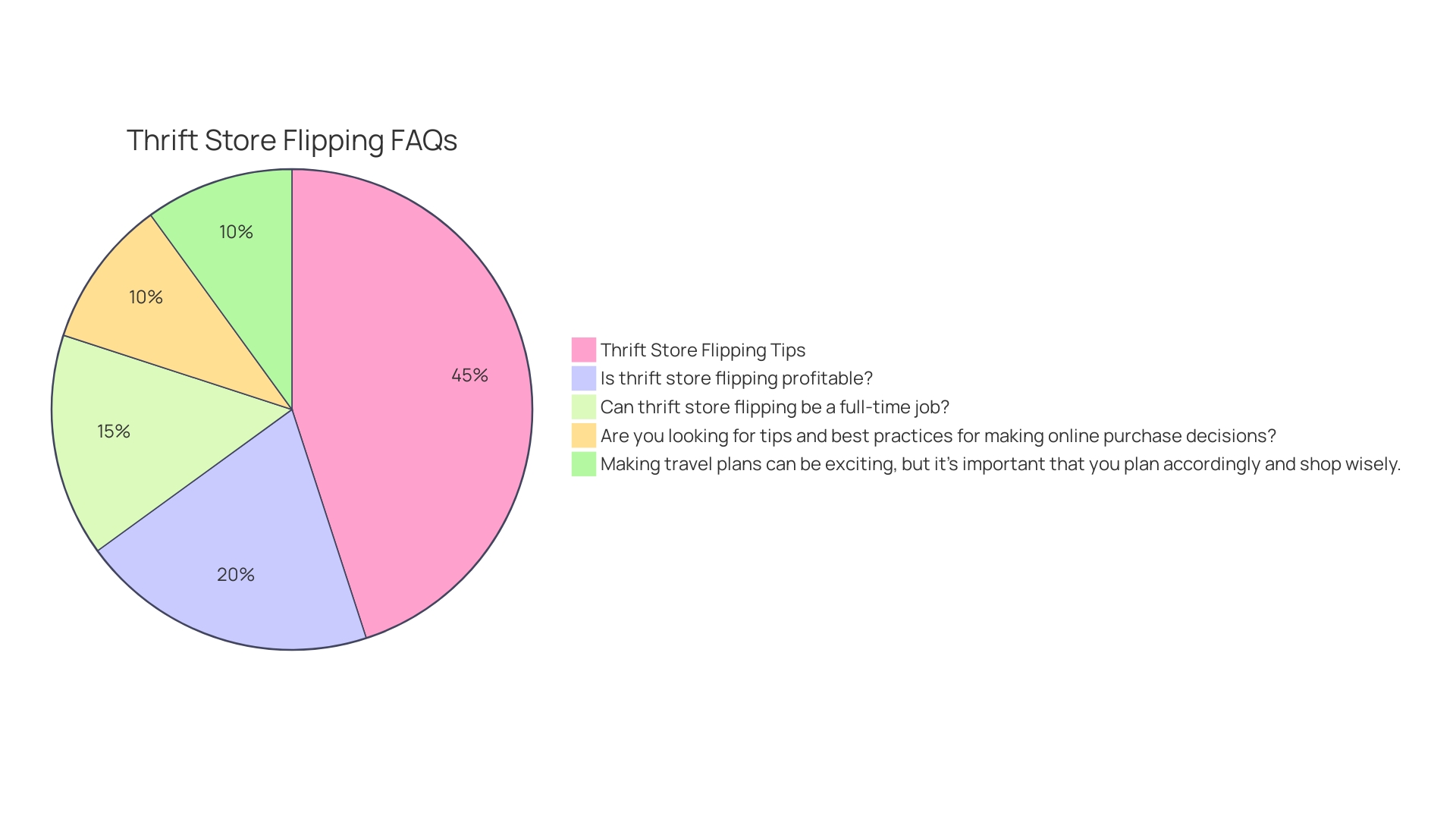
Set Up Shipping and Payment Options
Crafting a seamless shipping and payment experience is crucial for customer satisfaction and business success. Selecting dependable shipping partners is the first step to ensuring your products reach customers promptly and undamaged. Recent industry analysis, such as the one from ShipEngine, highlights the importance of adapting to changing consumer expectations and preferences. This research, taking into account thousands of consumers and e-commerce businesses, indicates a significant shift towards online shopping, with 57% of consumers planning to conduct their holiday purchases on the web—an 8% jump from the previous year.
Transparency in shipping costs is also vital, as evidenced by customer reactions to opaque pricing strategies. Customers appreciate straightforward pricing without the need to navigate complex quote tools, as demonstrated by FedEx's puzzling volume discount for single parcel shipments. In the competitive courier industry, clear and upfront pricing can serve as a compelling differentiator.
Moreover, offering a variety of payment methods caters to customer preferences and enhances the checkout experience. Whether it's traditional options like credit or debit cards or increasingly popular online payment platforms, convenience is key. This aligns with insights from financial experts who emphasize the importance of modern payment solutions in retail transformation.
Finally, clear communication of shipping and payment policies is essential to set the right expectations and prevent any potential misunderstandings. As the retail landscape evolves, with customers seeking reassurance even after completing a purchase, ensuring that they have immediate visibility and understanding of their transactions can alleviate anxiety and build trust.
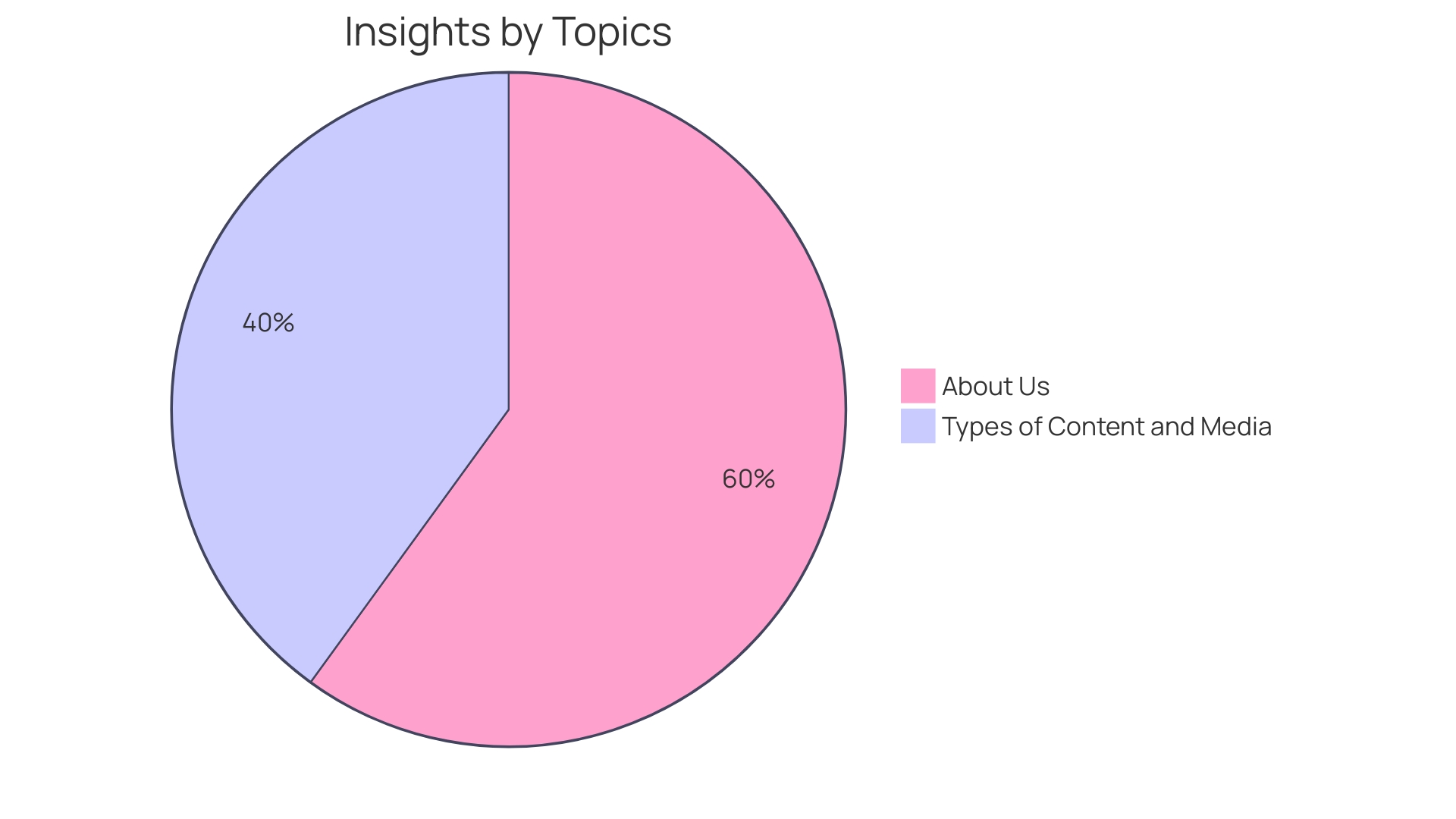
Create a Marketing Plan
Crafting a successful marketing strategy for your online thrift shop is a multifaceted endeavor. To captivate the right customers, it's essential to delve deep into who they are and what they desire. Engage with your audience through an array of digital marketing avenues, including the power of social media, the personalized touch of email marketing, the visibility boost from SEO, and the storytelling charm of content marketing. Partnering with fashion influencers and thrift bloggers can exponentially expand your shop's visibility. The key lies in vigilant monitoring and adapting your campaigns based on their performance metrics.
The fast-evolving digital marketing realm, with an overwhelming 95% of small businesses ramping up their investment, demands a thorough understanding of current trends and the agility to adapt. As we approach 2024, reports indicate an unprecedented landscape of opportunity and challenge, making the integration of conversational marketing and AI-driven interactions more relevant than ever. With insights from industry surveys and expert analysis, it's clear that a strategic approach to digital marketing, complemented by Standard Operating Procedures, can elevate your thrift shop's online presence.
Your marketing blueprint must encompass an acute analysis of your target market, meticulous merchandise sourcing plans, and financial forecasts, all underpinned by robust marketing tactics. Whether you're contemplating the genre of your thrift shop or strategizing to keep those shelves stocked, every decision should be informed and deliberate. The strategy should not only resonate with your audience but also align with your business's ethos and operational capabilities.
Remember, nearly half of businesses engage in digital marketing without a strategic plan, which underscores the importance of a well-conceived marketing strategy. By embracing proven frameworks like RACE and adapting them to your unique context, you can steer your online thrift shop towards greater visibility, engagement, and growth.
Launch and Promote Your Online Thrift Shop
Launching your online thrift shop is an exhilarating milestone, and the key to a successful launch lies in strategic promotion and customer engagement. As the secondhand market thrives, with 85% of shoppers engaging in the purchase or sale of pre-owned goods, it's essential to tap into this growing audience. Start by generating excitement through social media announcements and email newsletters, capitalizing on the momentum of the $53 billion resale market.
Offering special deals to your early birds not only incentives purchases but also cultivates a loyal customer base. It's a strategy that echoes ThriftBooks' approach, which has sold over 250 million books by focusing on customer service and personalized experiences. Engage with your community on platforms where they're already having conversations about books, fashion, or whatever your thrift shop specializes in, as Thrift Books did by using large language models to integrate customer insights.
Remember, the dynamic nature of the resale market calls for agile marketing strategies. For instance, Goodwill's workforce development program shows the value of adapting services to meet customer needs, a strategy that can be mirrored in your marketing efforts. By offering more than just products, by providing a sense of community and support, you can differentiate your brand in a competitive space.
Finally, stay informed on the latest market trends and user behaviors, such as the shift towards high-value goods and the need for trust-building measures reported by Xianyu, to ensure your marketing efforts are not only effective but also build a reliable and trustworthy online presence.
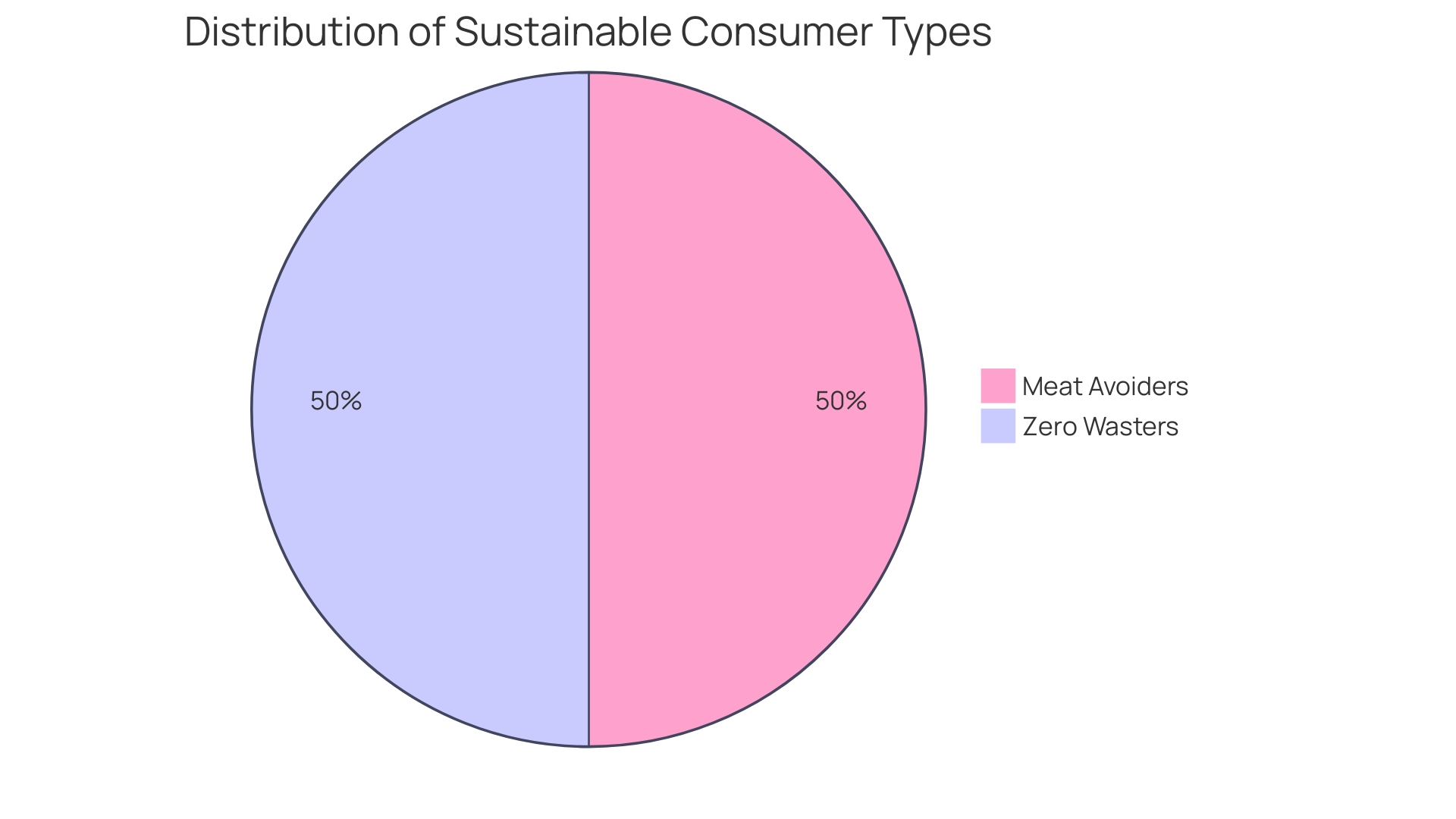
Conclusion
In conclusion, launching a successful online thrift shop requires thorough research, a distinctive brand identity, legal compliance, a user-friendly platform, strategic sourcing and pricing, high-quality product photography, efficient inventory management, seamless shipping and payment options, and a comprehensive marketing plan. By implementing these strategies, you can position your online thrift shop for success in the competitive world of sustainable fashion.





